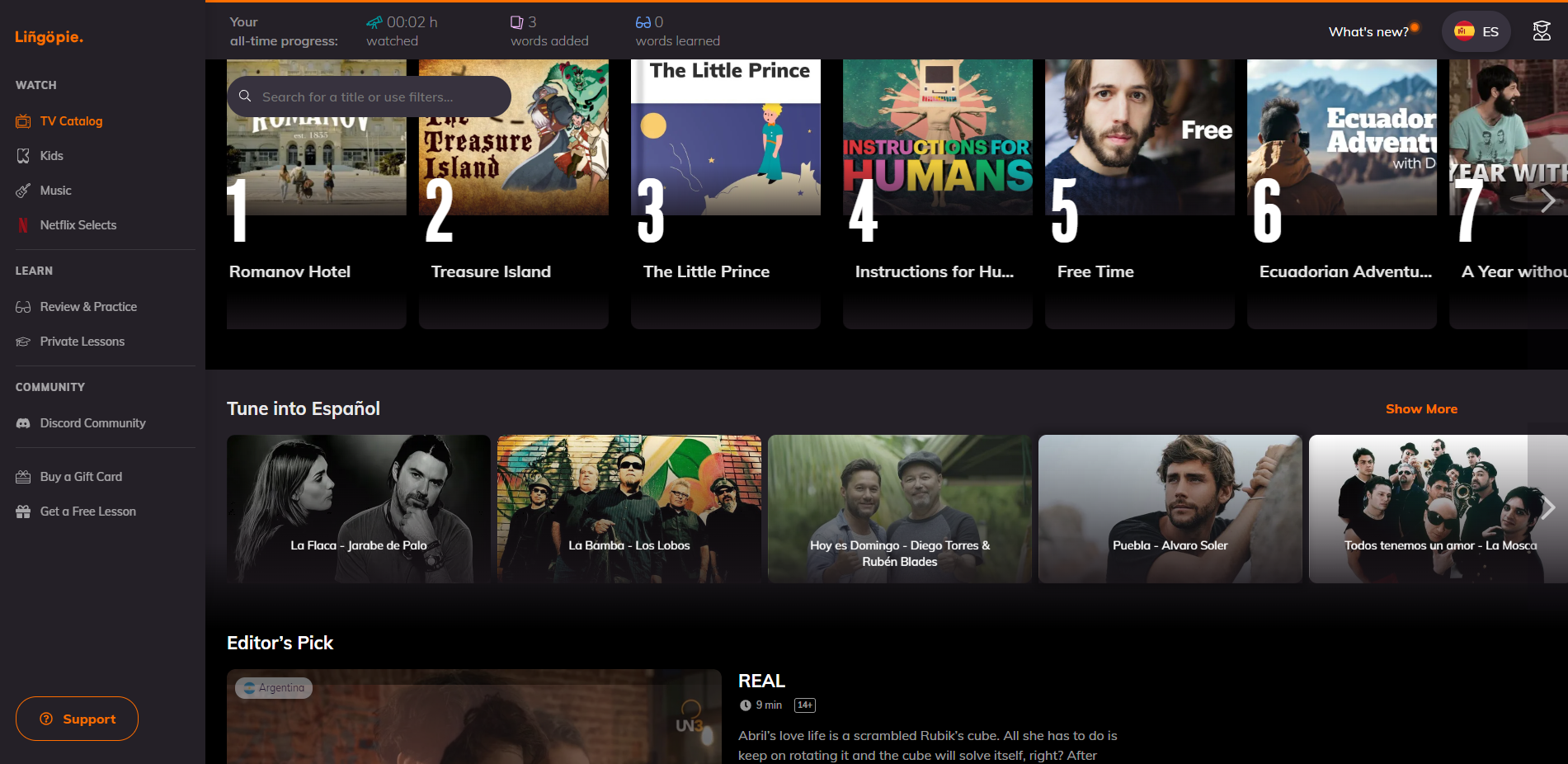By Krystof-Sandor Harfst
•
May 5, 2025
Introduction to TalkPal TalkPal is an AI-powered language learning app designed to provide interactive, customized learning experiences for students of all levels. Built on advanced language models (e.g., GPT-based technology), TalkPal seeks to replace traditional textbook-style lessons with dynamic, conversation-driven methods. Accessible via web browser and mobile apps (iOS and Android), TalkPal is ideal for learners looking to build real-world communication skills—whether for travel, career advancement, or personal development. Key Features and Learning Modes One of TalkPal’s strongest assets is its variety of learning modes, each tailored to target different aspects of language acquisition: Tutor Mode: Simulates a virtual classroom where the AI tutor engages the user with questions, offers grammar explanations, and provides direct feedback. This mode is particularly useful for structured learning. Roleplay Mode: Users engage in real-life simulations, such as ordering food at a restaurant, checking into a hotel, or attending a doctor’s appointment. This helps prepare learners for practical, real-world interactions. Character Mode: This creative feature allows learners to converse with historical or fictional characters—like Albert Einstein or a fantasy tour guide. It’s a fun way to explore culture and vocabulary. Debate Mode: Aimed at intermediate to advanced learners, this mode facilitates discussions on philosophical, ethical, or societal topics. The AI encourages deeper thought, corrects grammar, and even offers alternative phrasing. Additionally, there is a Free Conversation mode for spontaneous dialogues, allowing learners to talk about whatever they wish. Helpful tools like vocabulary hints, translations, and grammar tips can be toggled as needed. Personalization and AI Performance TalkPal adapts dynamically to each user's language level, learning goals, and pace. It analyzes your speaking patterns and performance over time to provide more personalized responses and learning paths. You can also manually set your preferences—such as focusing on business vocabulary or preparing for travel scenarios. This flexibility gives learners more control over their progression. The pronunciation feedback is generally accurate, although the app sometimes struggles with more nuanced or idiomatic expressions. Grammar corrections are useful but can occasionally be vague or overly polite, especially when errors are subtle. Another strong point is the progress tracking feature: TalkPal includes detailed learning statistics, daily streaks, goal-setting tools, and achievement badges to keep motivation high. User Experiences and Community Feedback User feedback across platforms like Reddit, Medium, and AllThingsAI is mostly positive, but not without criticism. What users like: Many users, especially introverts or beginners, appreciate being able to practice speaking without the pressure of a real person. The variety of conversation modes keeps the learning experience engaging. Progress feels tangible, and the gamified elements help learners stay consistent. Common criticisms: Some users feel the AI is too lenient and misses opportunities to correct subtle or advanced mistakes. A few found the AI responses repetitive or too generic in certain topics. The free version is quite limited; premium access is required to unlock full functionality such as extended conversations or specific learning modes. Pros and Cons Pros: ✓ Wide variety of conversation modes ✓ Personalized learning paths with adaptive AI ✓ Over 55 supported languages ✓ Smooth, user-friendly interface ✓ Excellent for building conversational confidence Cons: ✗ Premium subscription required for full access ✗ Occasional inaccuracies in AI corrections ✗ No offline usage ✗ Not ideal for absolute beginners without basic language knowledge Final Verdict TalkPal is an innovative, forward-thinking tool that reimagines language learning through AI-driven conversation. Its creative learning modes, real-time feedback, and personalized approach make it a great companion for learners who want to practice speaking more actively and intuitively. It is best suited for learners at A2 to B2 levels who are looking to develop fluency and confidence in real-world conversations. Beginners with no prior knowledge may need additional support, and advanced users might find the AI limiting in complex discussions. Despite a few flaws, TalkPal successfully bridges the gap between rigid grammar drills and real-life speaking practice. It's a smart, flexible option for motivated learners—especially those who want to learn on their own schedule, without the stress of human interaction. Verdict: ★★★★☆ (4 out of 5)





